According to Resolution No. 60 of the 11th Conference of the 13th Party Central Committee, the whole country will end the operation of district-level administrative units (DAUs) from July 1.
Accordingly, 696 district-level administrative units will cease to perform their duties and powers. At the same time, 10,035 current commune-level administrative units will be reorganized, leaving only about 3,000 communes.
This means that many familiar landmarks, associated with the historical and cultural imprints of each region, and even becoming famous tourism brands at home and abroad, will no longer appear on district-level administrative maps.
Notably, among the 696 dissolved units, there are 85 provincial cities, all of which are famous names such as Sa Pa, Ha Long, Da Lat, Nha Trang, Vung Tau...
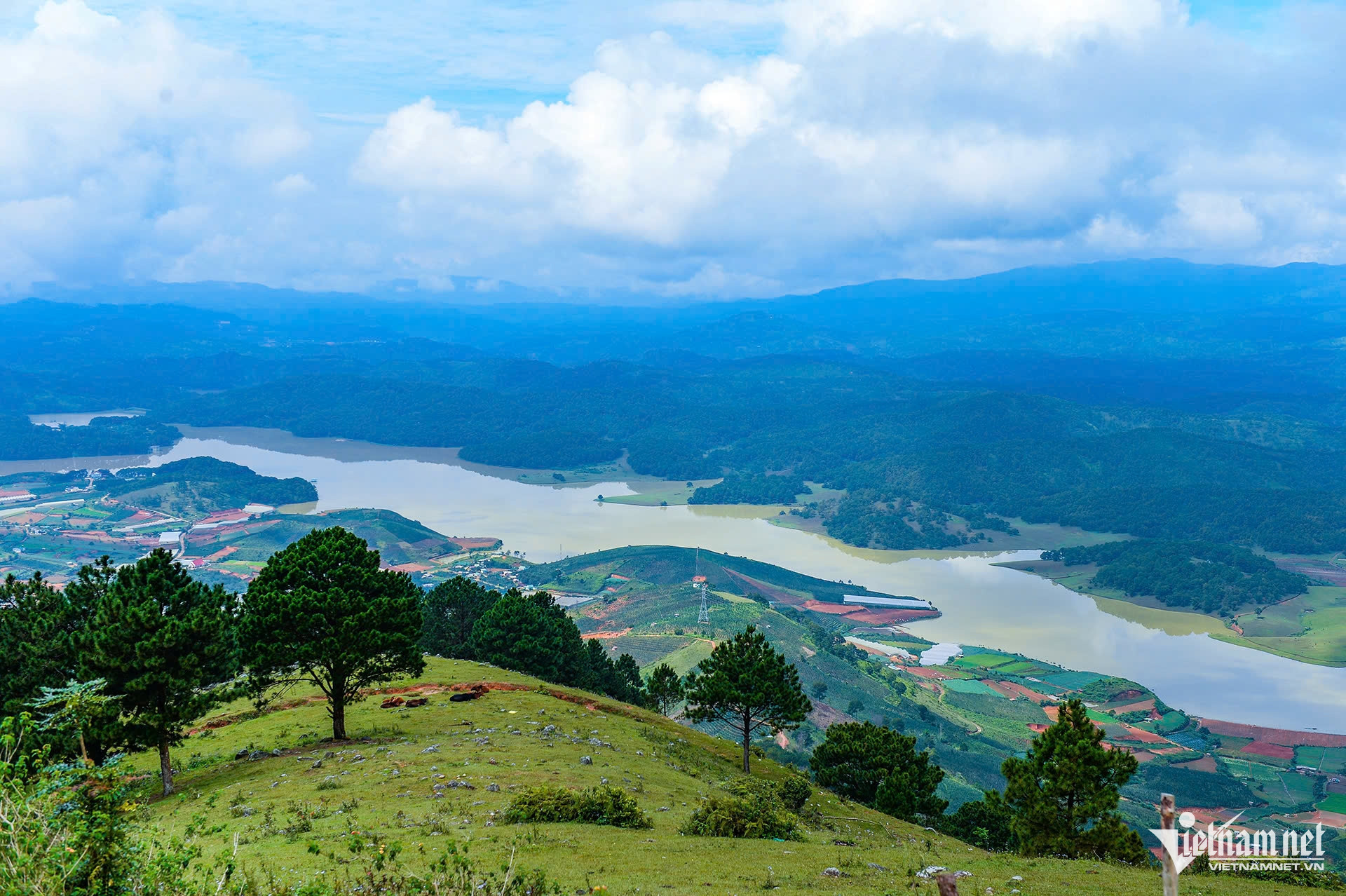
Da Lat City, Lam Dong Province is no longer a district-level administrative unit after July 1. Photo: Hoang Ha
Many people wonder if places like Sa Pa, Da Lat... are no longer on the administrative map, how will tourists find familiar places, and whether the absence of names on the administrative map will affect the preservation of history, culture, and memories of a land.
Old places will continue to live in people's lives
In response to these concerns, Prof. Dr. Nguyen Quang Ngoc, Vice President of the Vietnam Historical Science Association, said that there are still many ways to preserve the historical memory of a land. He cited a number of famous places and villages that are no longer named on administrative maps, but in daily life, people still call, remember and use those names.
“For example, in Vinh Bao district, Hai Phong city, there is Co Am commune, famous for being a land of studious people, with many officials. After previous mergers, Co Am commune no longer has a name, and this time, it belongs to a commune-level administrative unit with a different name. However, people in Vinh Bao still know and call that area Co Am.
Or like Hanh Thien village in Xuan Hong commune, Xuan Truong district, Nam Dinh province. After the merger, Xuan Truong district will no longer exist, replaced by Xuan Truong 1, Xuan Truong 2 communes... But Hanh Thien is still there, and everyone knows and still calls it by that name.
According to him, places with strong historical and cultural elements that have long been associated with the community will not easily disappear, even if they no longer exist administratively.
Agreeing with this view, Professor, Doctor of Science Vu Minh Giang, Vice President of the Vietnam Historical Science Association, member of the National Cultural Heritage Council, emphasized that administrative units and place names are two different concepts.
“Sa Pa does not need to be a district or a town to maintain its name. Place names that have existed for a long time will continue to live in people’s lives, regardless of whether they are administrative units or not,” he affirmed.
Numbering commune and ward names lacks cultural and historical depth.
Besides, Professor Giang thinks that naming new communes after the old districts and cities and numbering them like Da Lat 1, Da Lat 2... is also a good idea to keep the names of famous places.
However, Professor Ngoc said that although this approach is acceptable, it is not really good. “Naming new administrative units by taking the old place names and district names and then numbering them is a monotonous solution, lacking cultural and historical depth.”
He proposed to choose the most prominent place name of the region to name the new commune or ward in the central area of that place. Other areas should be named based on their own unique historical and cultural factors.
If numbering is required, the central area should be numbered 1, for example, the old central area of Sa Pa is Sa Pa 1, the neighboring areas are Sa Pa 2, Sa Pa 3... to ensure logic and avoid confusion when looking up addresses.

Prof. Dr. Nguyen Quang Ngoc: It is necessary to build a tourism map independent of the administrative map. Photo: Hanoi National University
In addition, Professor Ngoc emphasized the need to build a tourism map independent of the administrative map. “Administrative maps are used to manage land and population. Tourism maps are to honor places that have been deeply ingrained in the subconscious and culture of the people,” he said.
For his part, Professor Giang suggested: From a research perspective, there should be works recording Vietnamese place names through the ages, as a way to preserve historical memories.
“History is not just about what happened, but also the basis for identifying and predicting the future. With what is happening, I believe we will witness a strong change in the near future.”
Professor Ngoc also emphasized that this administrative unit rearrangement is completely different from previous separations or mergers.
“This time, it is not just a change in boundaries, but a radical, comprehensive change in the political apparatus.”
Regarding naming new commune-level administrative units, the Resolution on the arrangement of administrative units of the National Assembly Standing Committee encourages two options. One is to name them after one of the previously arranged administrative units. The other is to name them after the district-level administrative unit (before the arrangement) with a serial number attached.
The name of a commune-level administrative unit must be easy to read, easy to remember, concise, systematic, scientific, consistent with the historical and cultural traditions of the locality, and approved and supported by the local people.
Vietnamnet.vn
Source: https://vietnamnet.vn/sa-pa-ha-long-da-lat-khong-can-phai-la-cap-huyen-moi-giu-duoc-ten-tuoi-2393557.html


![[Photo] Ho Chi Minh City: People are willing to stay up all night to watch the parade](https://vphoto.vietnam.vn/thumb/1200x675/vietnam/resource/IMAGE/2025/4/29/cf71fdfd4d814022ac35377a7f34dfd1)
![[Photo] General Secretary attends special art program "Spring of Unification"](https://vphoto.vietnam.vn/thumb/1200x675/vietnam/resource/IMAGE/2025/4/29/e90c8902ae5c4958b79e26b20700a980)

![[Photo] Demonstration aircraft and helicopters flying the Party flag and the national flag took off from Bien Hoa airport](https://vphoto.vietnam.vn/thumb/1200x675/vietnam/resource/IMAGE/2025/4/30/b3b28c18f9a7424f9e2b87b0ad581d05)
![[Photo] Ho Chi Minh City residents "stay up all night" waiting for the April 30th celebration](https://vphoto.vietnam.vn/thumb/1200x675/vietnam/resource/IMAGE/2025/4/30/560e44ae9dad47669cbc4415766deccf)
![[Photo] Hanoi is brightly decorated to celebrate the 50th anniversary of National Reunification Day](https://vphoto.vietnam.vn/thumb/1200x675/vietnam/resource/IMAGE/2025/4/29/ad75eff9e4e14ac2af4e6636843a6b53)


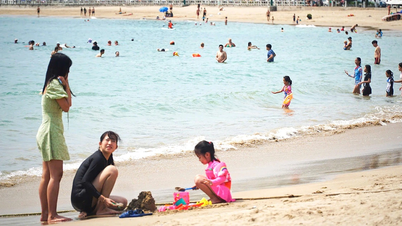



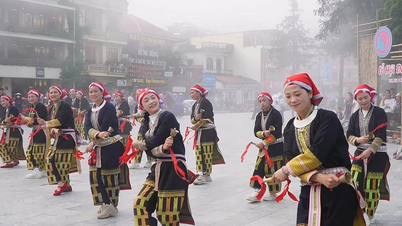

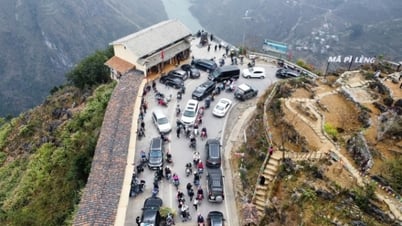















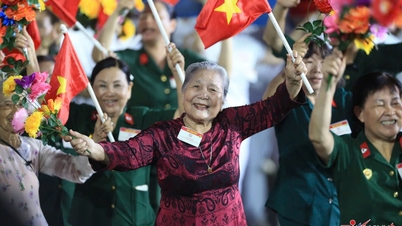














































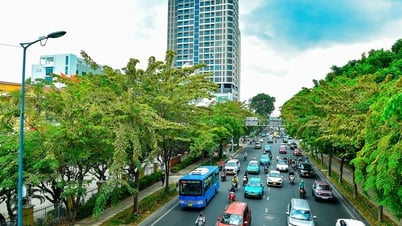













Comment (0)